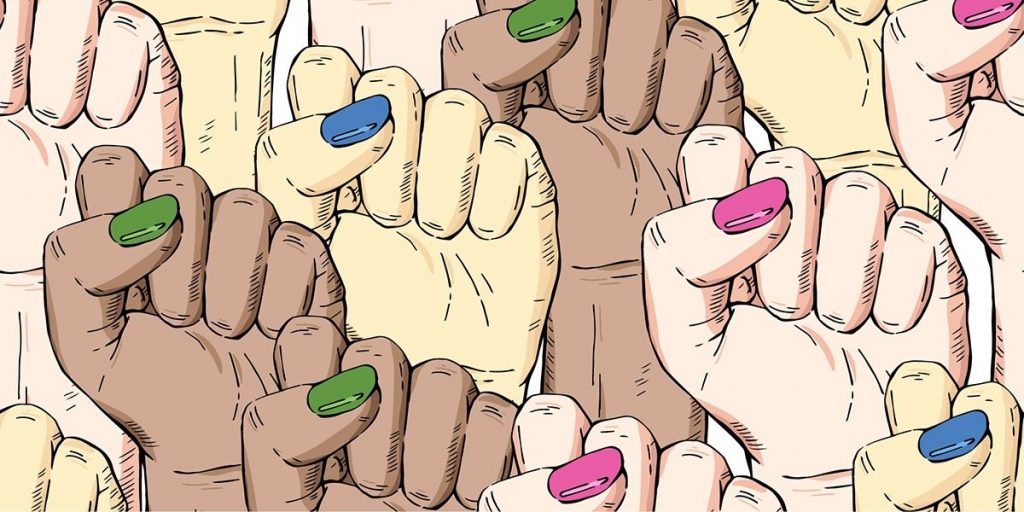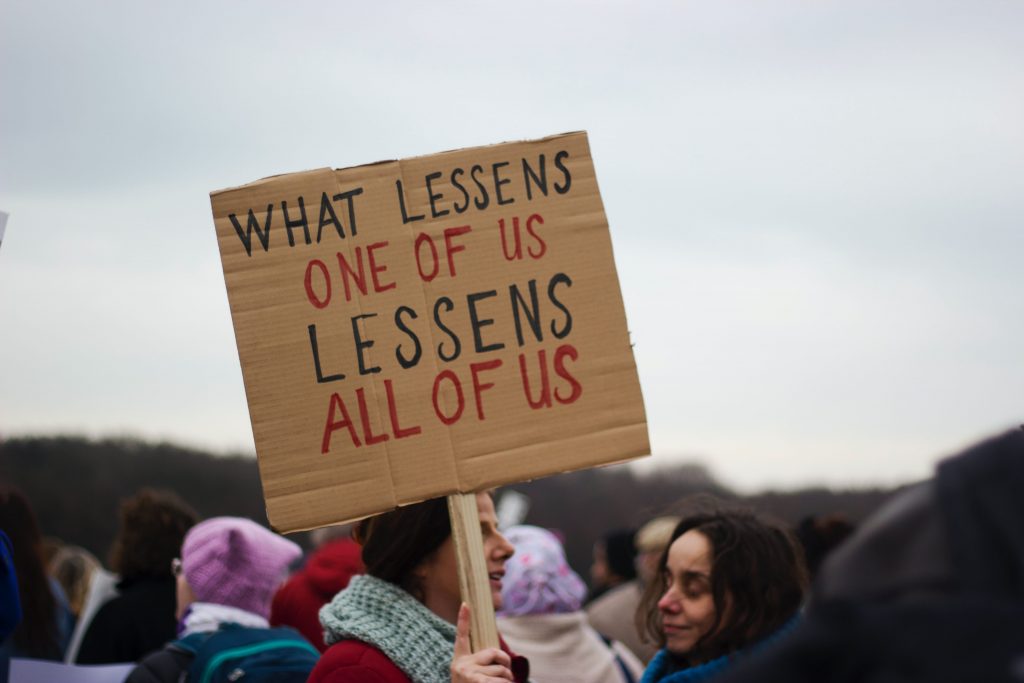
The events of World War II had left the world in ruins. Each country was affected differently. But the mass destruction and the demolition of human lives was mutual. Millions of people were dead while others were left homeless. And hence, a pressing need to protect the people emerged. Thus, the UN General Assembly drafted and adopted the ‘Universal Declaration of Human Rights’. The Universal Declaration of Human Rights is a written document, adopted on the 10th of December, 1948, that sets out fundamental human rights to be universally protected.
As we are nearing the 72nd anniversary of the UDHR (10th December 2020), it is important to understand what it consists of, and what place it holds in the functioning of our respective countries. Let’s find out more about this cornerstone of human rights.
Human Rights
The concept of human rights provides the entire base in the formation of UDHR. Hence, while understanding this document, we have to keep in mind the meaning of this term. As the name suggests, it refers to those rights and freedoms that exist simply because we are human. It suggests that all human beings are equal, regardless of their caste, color, sex, region, religion, etc. Valuing one’s self-respect, human dignity, ensuring social justice, protection of basic freedoms, are the general objectives that these rights aim to achieve. The Universal Declaration of Human Rights is the main source of Human Rights, and it is the foundation on which other provisions and constitutions (regarding human rights) are based.
The Constituents of the Universal Declaration of Human Rights
It is a detailed document that includes a preamble and 30 articles. All these rights are basic, yet very significant. To summarize, the UDHR provides –
Article 1 and 2
It says that all human beings are born free and equal. It ensures human dignity equality and brotherhood.
Article 3 to 11
These include basic individual rights, like the right to life and protection from brutalities such as slavery, torture, etc. It also suggests that all human beings are equal before the law and deserve a fair trial.
Article 12 to 17
These are the civil and political rights of an individual, including the right to movement, nationality, property, etc. It also consists of the right to marry, and the right to form a family.

Article 18 to 21
This ensures the religious and spiritual freedom of an individual. Right to conscience, the right to change the religion, freedom of opinion and expression, are some of the rights under this category. Article 21 gives the right to vote and participate in the government.
Article 22 to 27
All the social, economic, and cultural rights come under this section. Right to employment, right to an adequate standard of living, right to leisure, right to participate in the cultural activities of respective community, etc are included here.
Article 28 to 30
The three final articles of the UDHR emphasize that with these rights, comes the obligation for the people to respect its purpose and that no one should violate or abuse these rights for ulterior motives.
A Global Framework
The UDHR has provided a structure on human rights for all nations to follow. It is not a legally binding document, but it acts as a guiding force for the countries with respect to the protection of human rights. This document is universal, which means that it applies to all nations because the need for protection and injustice is prevalent everywhere. The UDHR has inspired many conventions and treaties at the regional level, as well as a lot of domestic laws. It has proven to be a boon for a number of groups/individuals seeking justice.
Before the International Covenant on Economic, Social and Cultural Rights, and the International Covenant on Civil and Political Rights and its two Optional Protocols were drafted, the UDHR was the only complete document of the International Bill of Human Rights. It single-handedly built the base of protection of human rights through its guidelines. 48 of the member nations of the UN, had voted in favor of this declaration. The nations knew, that without the guidance of UDHR, maintaining peace and justice in the world would be tough, especially after the horrifying aftereffects of the second world war. Since its nature is universal, the UDHR became a mentor for all the constitution framers in the world.
UDHR and India
It is true that the UDHR does not take a legal form, but it has a great influence on the constitutions of various countries, for example, India. The Indian Constitution, adopted on the 26th of January 1950, is the longest one. When the UDHR was adopted, the Indian constitution was in making.
Hence, we can find traces of UDHR in the Indian constitution. The Fundamental Rights, the Directive principle of state policy, the preamble of the Indian Constitution have a close similarity with the context of UDHR in the forms of Articles. The rights guaranteed and provided in the Indian Constitution are required to be in conformity with the covenants of UDHR and thus the guidelines of UDHR mentor the human rights incorporate in the Constitution of India.
Even though the Indian constitution includes basic human rights as mentioned in the UDHR, the responsibility of abiding by it lies on our shoulders too. All are born free, and nothing gives us the right to violate the freedom of others. We, as citizens and most importantly as humans, should respect and treat everyone with dignity, and only then the UDHR will have achieved its true objective.
Conclusion

Almost 70 years after its adoption, the UDHR remains a milestone document in the history of human rights. It’s disappointing that it took an entire world war to realize the need for the protection of basic human rights, but nonetheless, the UDHR has since then prevented injustice everywhere and hopes to continue the work. On its 72nd anniversary, let’s be grateful that we can live freely, work for our own good, be a part of a cultural community, and celebrate the fact of being human.
Editor’s Note
There is no single definition of human rights used universally. However, there is a general agreement that human rights define the idea that every human is able to appreciate a high quality of life, with the least restrictions possible.
In addition, it is a generally accepted notion that humans should not face interference of perfectly legal behavior, freedom to perform social, economic, and cultural needs, and finally, be treated equally in the eyes of the law. With these definitions in mind, the aim of this paper is to analyze whether or not the Universal Declaration of Human Rights (UDHR) has any relevance in regard to regional human right treaties, how it came into existence, its significance in terms of protection of human rights, and how it has influenced India as a nation.